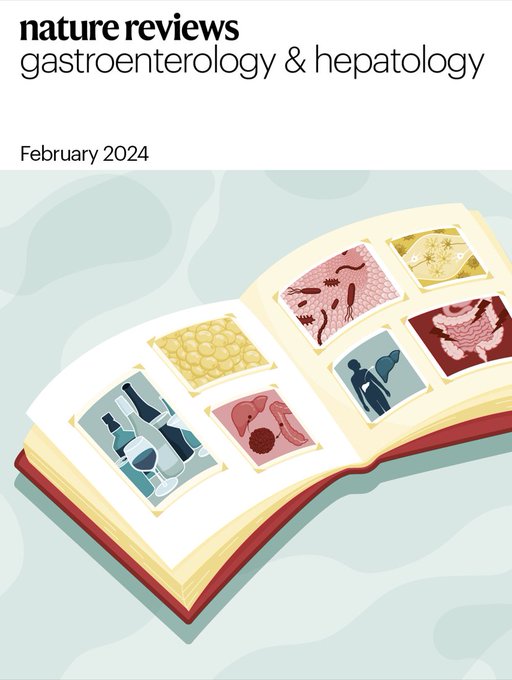Deep Visual Proteomics elucidates α1-antitrypsin deficiency
IF 51
1区 医学
Q1 GASTROENTEROLOGY & HEPATOLOGY
引用次数: 0
深度视觉蛋白质组学阐明α1-抗胰蛋白酶缺乏症
在《自然》杂志上发表的一项新研究中,研究人员调查了人类组织中遗传性肝病α - 1抗胰蛋白酶缺乏症(AATD)的进展。空间蛋白质组学通过质谱分析和机器学习,通过一种称为深度视觉蛋白质组学的技术,能够分析AATD的进行性蛋白质毒性,这是一种导致肝细胞α1-抗胰蛋白酶错误折叠的情况。一组福尔马林固定的石蜡包埋活检样本和AATD患者在不同纤维化阶段的切除术用于绘制AATD诱导的蛋白质毒性肝细胞的蛋白质组。在其他机制观察中,研究人员确定α1-抗胰蛋白酶积累主要是细胞内在的。他们还发现了一种以细胞死亡之前的球状蛋白聚集为特征的晚期表型。
本文章由计算机程序翻译,如有差异,请以英文原文为准。
求助全文
约1分钟内获得全文
求助全文
来源期刊
CiteScore
52.30
自引率
0.60%
发文量
147
审稿时长
6-12 weeks
期刊介绍:
Nature Reviews Gastroenterology & Hepatology aims to serve as the leading resource for Reviews and commentaries within the scientific and medical communities it caters to. The journal strives to maintain authority, accessibility, and clarity in its published articles, which are complemented by easily understandable figures, tables, and other display items. Dedicated to providing exceptional service to authors, referees, and readers, the editorial team works diligently to maximize the usefulness and impact of each publication.
The journal encompasses a wide range of content types, including Research Highlights, News & Views, Comments, Reviews, Perspectives, and Consensus Statements, all pertinent to gastroenterologists and hepatologists. With its broad scope, Nature Reviews Gastroenterology & Hepatology ensures that its articles reach a diverse audience, aiming for the widest possible dissemination of valuable information.
Nature Reviews Gastroenterology & Hepatology is part of the Nature Reviews portfolio of journals.

 求助内容:
求助内容: 应助结果提醒方式:
应助结果提醒方式:


